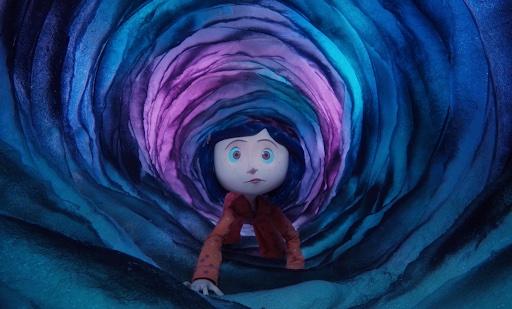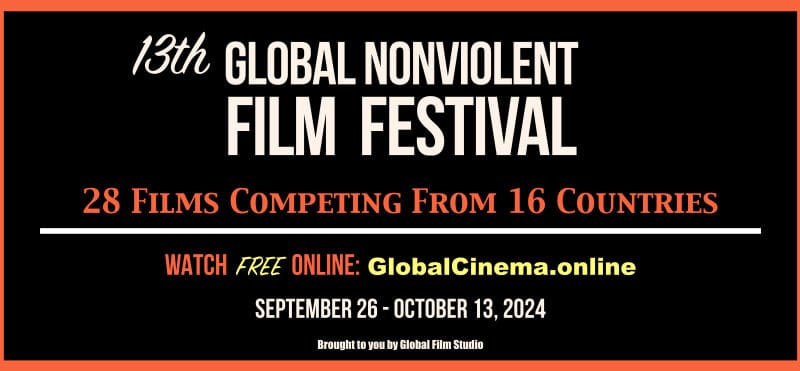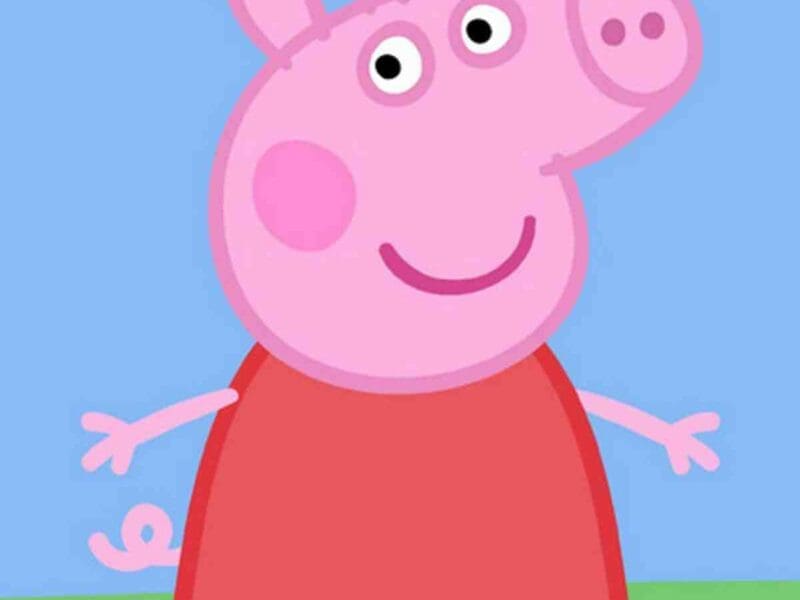
Successful Animated Movies in 2023: An Analysis of Techniques and Technologies Used
Animated movies have come a long way since the early days of hand-drawn animation. Thanks to the big waves made in technology, filmmakers are creating mesmerizing visuals and immersive experiences that keep us coming back for more. From traditional hand-drawn animation to cutting-edge digital animation, compositing, rotoscoping, visual effects, and other modern technologies, animated films continue to push the boundaries of what is possible in the world of cinema.
And since we’re speaking about animation and technologies used, there’s actually another booming industry that has taken a leaf out of filmmakers’ book: the online gambling sector. It’s incredible that the best payout online casinos have hundreds – if not thousands – of game titles with so many fantastic themes, crisp graphics and melodious background music, you’ll quite literally feel you’ve been transported into an animated movie whilst playing a game!
But what is it about animated movies that manages to transport us into another world altogether? The below outlines some techniques and technologies that filmmakers have employed to make the impossible seem so real.
1. Snow White and the Seven Dwarfs

This groundbreaking film by Walt Disney Productions was the first full-length animated feature film and it introduced several pioneering techniques and technologies in animation at the time. For instance, the film utilized cel animation, a process where characters and objects were drawn on transparent celluloid sheets (cels) and then placed over painted backgrounds, creating a smooth and consistent movement of characters and objects in each frame.
The animators also used rotoscoping, a technique where live-action footage was traced frame by frame, as a reference for realistic movement and anatomy of the characters, to bring authenticity to the animation.
2. Yellow Submarine

This animation film, described as experimental, psychedelic, and iconic, had such a profound impact on the animation community’s collective consciousness. This psychedelic effect was created through a variety of animation techniques, such as matte painting, compositing, and optical effects. These transformed characters and objects and created psychedelic and otherworldly visuals that complemented the film’s unique style.
The film’s striking visuals were further enhanced by the use of cut-out animation, where pre-made paper or card cut-outs were manipulated to create animation. This technique added a playful and imaginative element to the film, particularly in the Blue Meanie sequences.
3. Toy Story

A 3D computer-animated film produced by Pixar Animation Studios, this Disney film was the first feature-length film to be entirely created using computer-generated imagery (CGI). However, Pixar wanted to strike a balance between reality and imagination. Director John Lasseter explained that they wanted the characters to remain cartoonish, yet as real as possible. So, they used motion capture technology to capture the movements of human actors, which were then applied to the 3D character models, to create more natural and realistic movements for the characters. Interestingly, virtual cameras were used for certain scenes, such as the iconic flying scene, giving the action a more dynamic and visually appealing dimension.
4. Paprika – Diving into the Dream

This Japanese animated film directed by Satoshi Kon is known for its visually stunning and surreal visuals, created by employing two different animation styles: an illustrative, hand-painted technique on the one hand, and a realistic effect on the other. The former was used to create character designs, backgrounds, and objects, and the realistic effects were created through digital animation that allowed for the depiction of complex and dynamic movements. It’s worth pointing out that the flying scene, which is one of the most euphoric scenes, employs the smash-cut technique that Satoshi Kon managed to master so well.
5. Coraline

This animation film by Laika uses the stop-motion technique that involves a painstaking process where physical puppets and sets are meticulously manipulated, frame by frame, to create the illusion of movement. Laika wanted to maintain an authentic, handmade look for the film, and their innovative use of the 3D printer helped them achieve that.
Furthermore, the film used the technique of replacement animation where different facial expressions and body parts were swapped out for each frame to create smooth movements and realistic performances for the characters. The film’s miniature sets are also meticulously designed, capturing the world of Coraline in so much detail. Apart from the use of physical puppets and sets, the film used digital enhancements for visual effects like sparks, smoke, and atmospheric elements.
6. Your Name

A critically acclaimed Japanese animated film directed by Makoto Shinkai, ‘Your Name’ combines traditional hand-drawn animation with digital techniques to create a visually stunning and emotionally appealing story. To create the breathtaking backgrounds in the film, a combination of hand-painted artwork and digital techniques were used, spoiling the audience with an abundance of detailed and realistic backgrounds portraying the natural beauty of rural Japan and the bustling streets of Tokyo.
Additionally, to depict various times of day and weather conditions, different lighting techniques were availed of, and color grading was used to achieve a specific color palette and reflect the characters’ emotions. The film also features a musical score that adds depth to the plot and characterization.
7. The Mitchells vs. The Machines

This animated film features a visually stunning and technologically innovative animation style that seamlessly integrates animated characters with real-world environments, adding vibrant colors and fluid movements to this brilliant cinematic representation. Machine learning is evident in the advanced AI capabilities of the villainous PAL, reflected in her data analysis and virtual environment creation. In the meantime, high-energy action sequences are created through visual effects like explosions and dynamic lighting, and the use of complex simulation software further adds to the list of cutting-edge technologies that are so effectively employed.
In conclusion, the success of animated movies is very much a result of innovative techniques and technologies, with advancements in computer graphics, rendering, and visual effects transforming animation as we knew it. Certainly, as technology continues to advance, we can expect even more groundbreaking techniques and technologies to continue shaping the future of animated movies.







